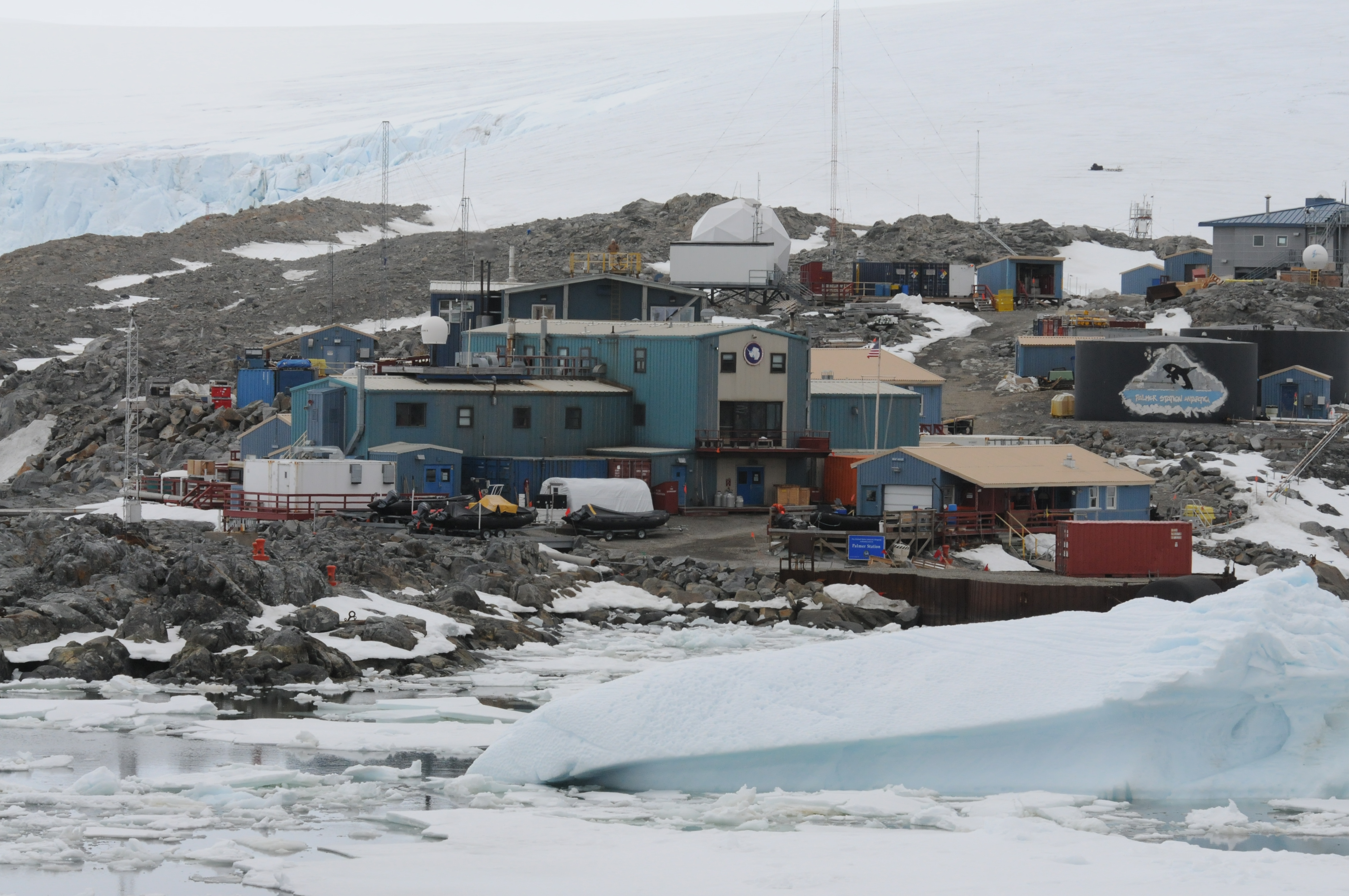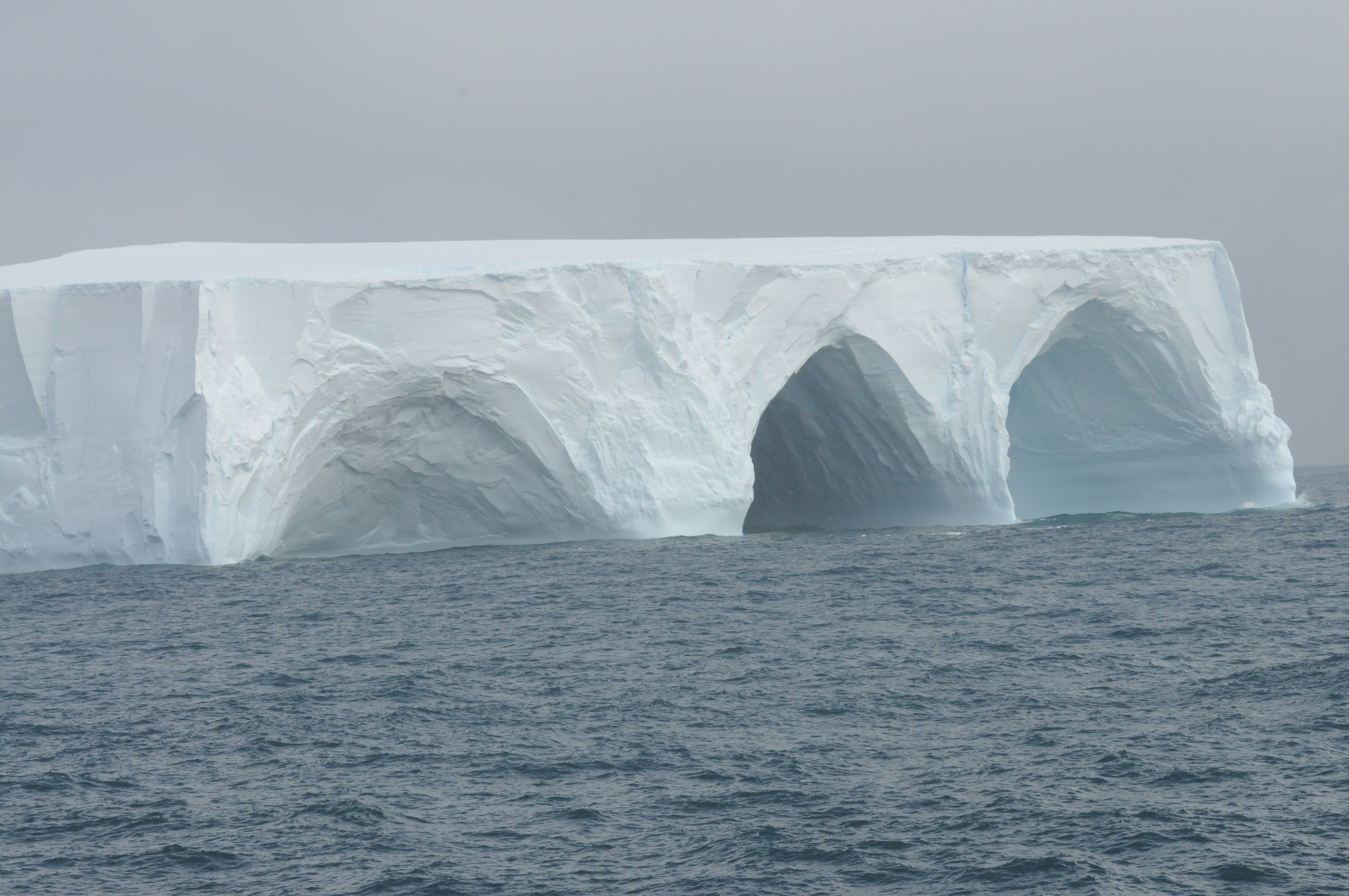By: Logan Pallin
As you can see Erin’s previous post, the whales have finally showed up. It has been a great last week for us on the water. We went back out to the area where we found all the whales the day before, and low and behold there were no whales around. We found roughly five more whales in the area and were greeted graciously by a young juvenile that put on an amazing displays of energetic surface behaviors.
The whale began by rapidly ascending to the surface in an attempt to thrash its fluke on the surface water. This is a behavior we classify as a peduncle throw. We proceeded several times to stay parallel with the individual in order to collect a biopsy sample, but every time we approached the whale would turn into us and proceed to swim under the boat. At one point and time, the individual proceeded to lie on its back at the surface, thrashing its fluke, allowing us to photograph the individual’s belly. From these photos, and with the help of some colleagues back in North Carolina, we were able to come to the conclusion that this was in fact a young female.
For several more minutes this whale danced at the surface around our boat, often times raising her large pectoral fins out of the water and bringing them down in a swift slap across the water’s surface. Lastly, she swam just within arms length of the stern of our zodiac and then proceeded to roll on her back and lay under us, showing us the extent of her white belly, pectoral fins, and fluke. We finally then collected our sample and drove off, leaving this curious and playful little humpback to engage her curiosity among the other wonders of this Antarctic environment.
This encounter, even when at times had Erin and I a bit nervous, really allowed us to experience the curiosity of these animals. Moreover, we witnessed the extreme finesse, care, and awareness that these animals have over their huge extremities. Never once was the boat bumped or jostled. These are in fact amazingly intelligent and beautiful creatures.
The Laurence M. Gould was back this week. It had spent the last month traveling the northern part of the peninsula with a group of soil scientists who are trying to understand the biodiversity of Antarctic soil and the ecological relationships between those organisms. Most of the station science teams left this morning and are heading back north to Punta Arenas to go back to normal civilization that lies State Side. We still have 22 days here at Station. Still lots of time to collect lots of samples and get some more great data on the whales in the area!

























































